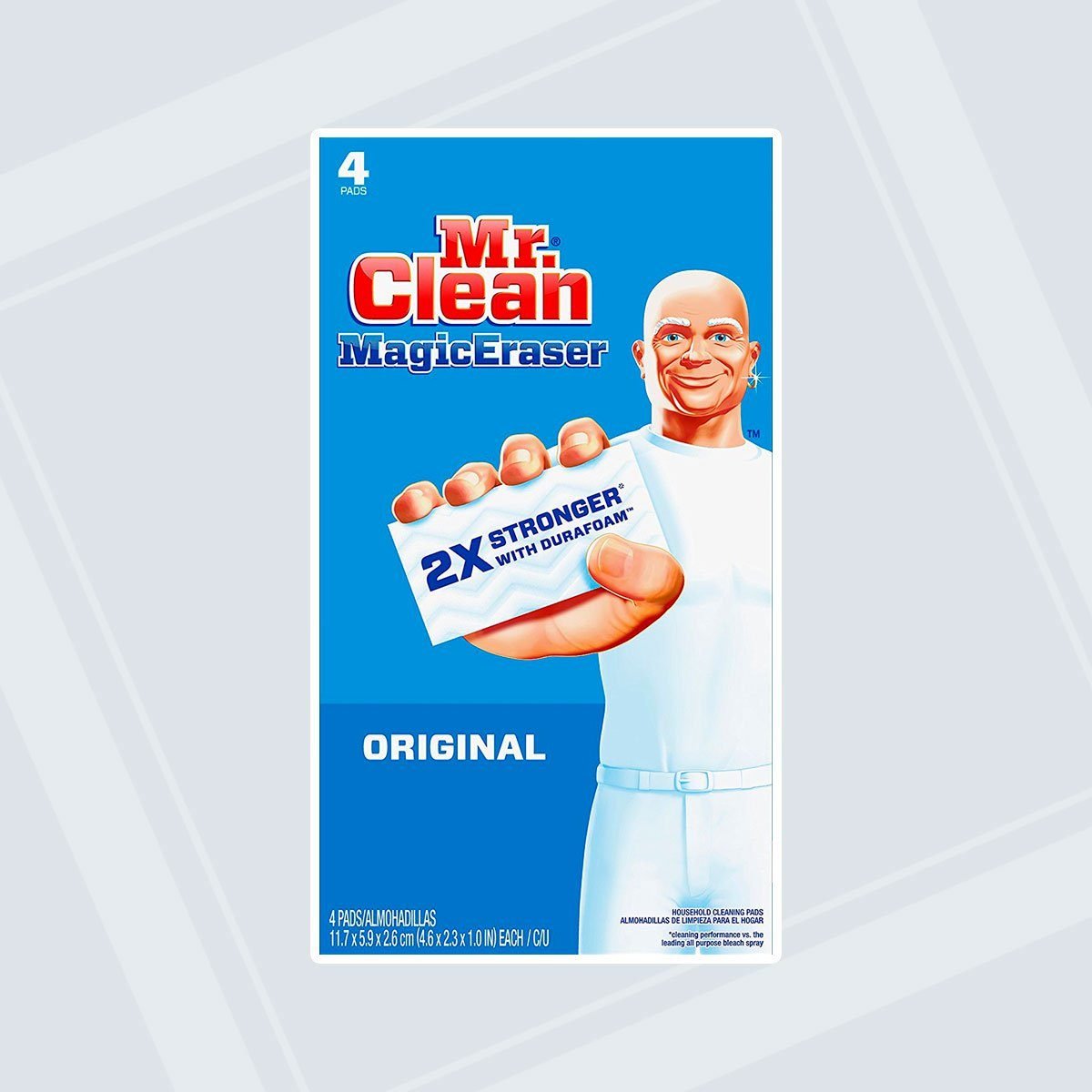What to Know About Magic Erasers

All About Magic Erasers
Originally introduced in 2003, the Magic Eraser, by Mr. Clean, has become a popular option for cleaning a wide variety of messes with just a sponge and a bit of water. It’s spawned plenty of knock-offs too.
But do you actually know what those beloved white rectangles are made of? Or what to avoid using them on? We’re here to clue you in.
What Are Magic Erasers Made Of?
Magic Erasers are made from melamine foam, using a compound called formaldehyde-melamine-sodium bisulfite copolymer. In addition to being an excellent stain removal option for the otherwise “uncleanable,” melamine foam has a variety of other applications including:
- Sound insulation (improve acoustics and lessen outside noises)
- Temperature insulation (protect against hot or cold temperatures)
Melamine foam is made of a mix of hard and soft structures, hydrogen, carbon and nitrogen, which combine to combat stains without harming the surface underneath. Melamine foam has been manufactured since the late 20th century, most notably by BASF of Germany under the name Basotect, and it was discovered in the early 21st century to be an effective cleaning tool.
Plus, these are the top-reviewed cleaning products on Amazon.
How Do Magic Erasers Work?
Magic Erasers only need water to effectively clean most stains—no chemicals or soaps necessary. On the outside, they look, act and feel like most other sponges, but that’s where the similarities end.
Melamine foam is a porous material, which acts something like very fine sandpaper to gently remove stains. Though it feels soft on the outside, each eraser is actually uniquely abrasive and uses small air pockets in the material to lift stains when damp.
However, one downside is that Magic Eraser sponges do wear down quickly because they are so porous, so, if you have a lot of projects to tackle, you may want to purchase a few boxes. This is because the delicate sponge-like cell structure loosens the dirt and grabs the grime simultaneously, breaking down the material.
Are Magic Erasers Safe?
In short, yes. While the compound ingredient mentioned above does contain the word formaldehyde, it’s part of a chemical name. Formaldehyde itself is not an actual ingredient in the sponges. Magic Sponges are non-toxic and safe for household use. They are abrasive, however, so you don’t want to rub them against your skin or let your kids get ahold of them.
As for the actual material and its impact on the environment, some studies have identified the particles that get washed down the sink as a potential addition to the microplastic scourge in waterways, but this is still largely unclear. Magic Erasers are not biodegradable, but they are a safer alternative to potentially toxic cleaning supplies.
How to Use Magic Erasers
Obviously, Magic Erasers are most commonly used on surfaces such as countertops, floors and fixtures. Simply dampen your eraser and squeeze out the excess water before gently rubbing the sponge over the dirty surface.
If you’re focusing on specific areas of the home, try the bath- and kitchen-specific varieties to best suit your cleaning tasks. They make towel-like Magic Eraser sheets now, too.
Areas to Avoid
Avoid using a Magic Eraser on polished, delicate, or easily scratched surfaces because it may end up removing the exterior finish or causing potential damage to the outer surface. Try a test patch on a less noticeable area before going to town on a larger spot.
Although versatile, you should steer clear of your car, stainless steel, glossy walls and wood, among other surfaces, when using your Magic Eraser.
Up next, these are the 15 best cleaning products for people with allergies.
No comments